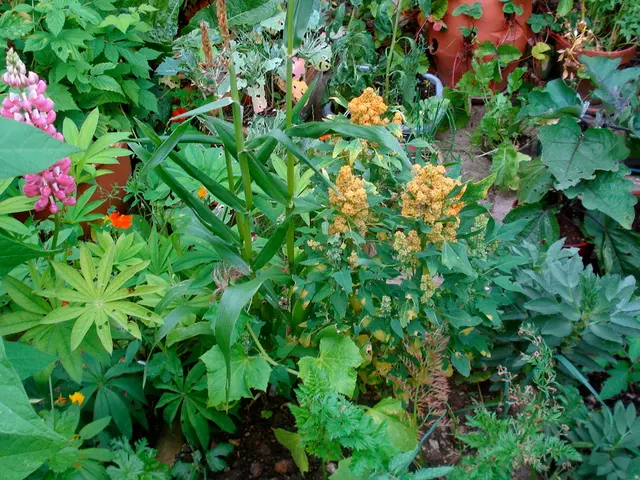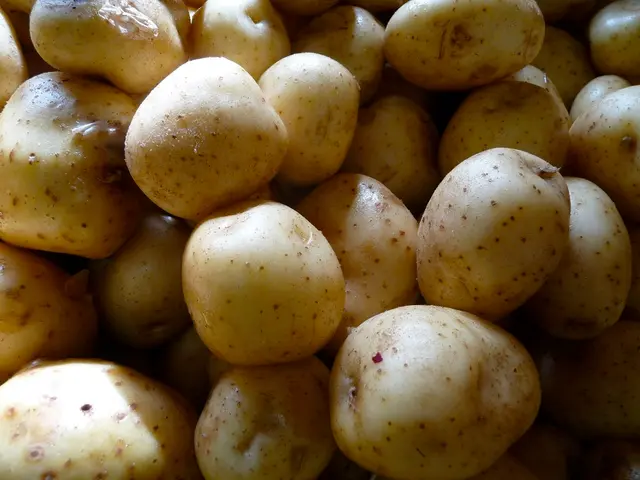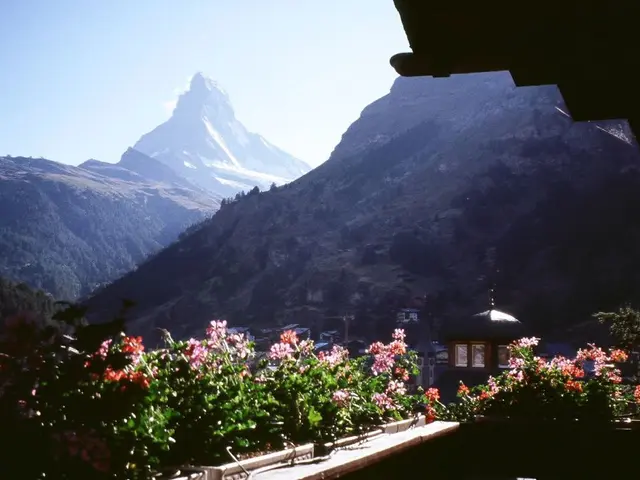Echinacea’s wild charm and vibrant hybrids transform modern gardens
Echinacea, often referred to as the 'Echinacea purpurea', has traditionally been a supporting player in gardens. However, its popularity has surged in recent years due to its diverse hybrids and enduring appeal of its original form. Known for its vibrant colours and ecological benefits, echinacea is a favourite among gardeners and florists alike.
The original 'Echinacea purpurea' gained prominence in gardening during the late 20th century. Its ornamental appeal, drought tolerance, and value as a pollinator magnet made it a staple in gardens. Dutch landscape architect Piet Oudolf, a pioneer of the New Perennials movement, incorporated echinacea into his designs, further boosting its popularity. This movement emphasised naturalistic planting designs with hardy, low-maintenance plants like echinacea.
Echinacea thrives in full sun and well-drained soils, blooming from June until the first frosts. Its upright habit and strong root system provide structure to gardens, complementing the suppleness of grasses. Breeders have since created various hybrids, including yellow, orange, pink, and double-flowered varieties, adding more vibrancy to borders. Echinacea's central cone-shaped disk also adds verticality to borders, even in winter, and revives straw-colored grasses.
Echinacea's popularity in stores is undeniable, thanks to its many hybrids. Yet, gardeners and florists still appreciate the original 'Echinacea purpurea' for its wild, intense appearance, drought tolerance, and ecological value. With proper care, including pruning at the end of winter and a little horticultural fertilizer at planting, echinacea continues to add vibrancy and structure to gardens while attracting pollinators and birds.







